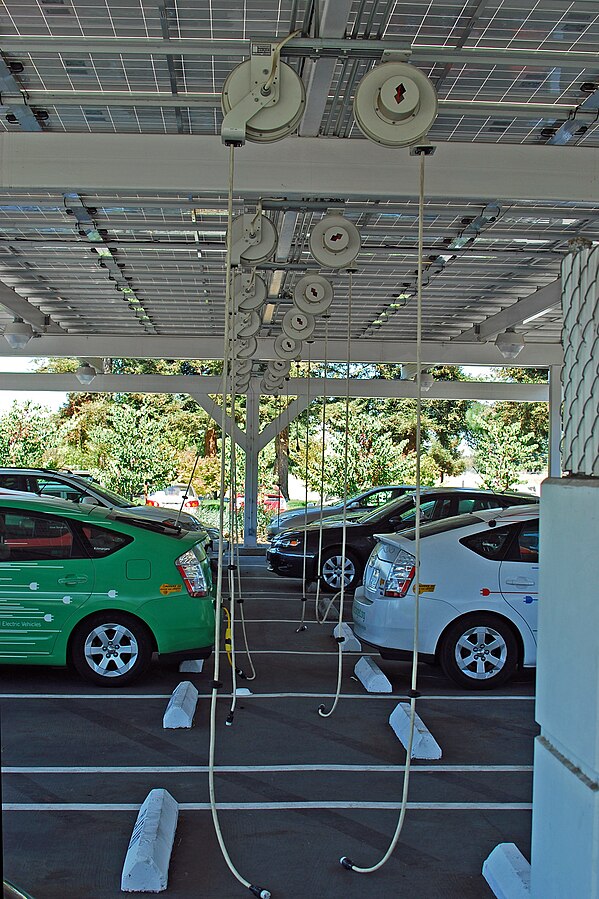We keep seeing more electric vehicles on the road nowadays. But when they’re not running, they’re charging. If you’re conversant with how EVs work, you’ll know they take hours to charge, which is a lot of time: Suppose you have a charging station at home, consider setting up a motorized car charger to simplify the job.
You don’t have to manually plug the charger into your EV with a motorized system. All you’ll do is press a switch or remote button. The system uses a motor with a motion mechanism to lift the charger to the socket. When done charging, you also remotely control the charger off the vehicle.
Working Mechanism of A Motorized Car Charger
A motorized car charger is like a robotic arm. It extends and retracts with the help of a motion mechanism. Notably, not just any mechanism will work because these car chargers require high precision. A few measurements off and the charging plug won’t align with the car’s port.
So what working mechanism can a motorized car charger use? Well, linear actuators come out on top. These devices are perfect for creating straight-line motion, which motorized systems can depend on for optimal performance. Yet, how it works is simple.
Once you activate the motorized system, the actuator kicks in and extends. This moves the charger plug toward the car until it’s in a precise horizontal position. Then, the actuator retracts. The plug goes straight into the EV’s port and starts charging.
After charging, you may need to reactivate the linear actuator to return the motorized charger. However, suppose it’s a smart device with feedback sensors, then the charger would return on its own.
Best Linear Actuator for A Motorized Car Charger
Different linear actuators types exist, with popular ones such as rod, track, micro feedback and column lift actuators. As a motorized car charger is a unique project, the actuator required has to suit the charging system.
Without a doubt, a feedback linear actuator is the best option for a motorized car charger. This is because this actuator type contains sensors that can accurately determine where the actuator needs to be at a given time.
Other factors to consider
The operating method of the linear actuator explained previously isn’t all to consider. When choosing a linear actuator for a motorized car charger, you also need to check for factors like power, stroke length, voltage, and speed range. Voltage is vital here, considering EV charges can be AC or DC. So, you’ll want to pick one that matches the current output of your charging station.
Regarding other factors, the size and dimensions of your motorized car charger will tell. Nevertheless, you can lighten the task by using our online linear actuator calculator. It’s free to use. Enter your motorized system dimensions and preferred actuator type, and the calculator will recommend a product for you to purchase.
Installing a Motorized Car Charging Station in Your Home
Setting up a motorized car charging station at home is straightforward with a linear actuator. Most likely, you’ll install it in your garage or driveway, where you park your car. Ideally, you should consider the length of the charging cable and the actuator’s stroke. These factors will influence the distance from the station and your car’s position.
Next, mount the charging station and linear actuator. Depending on your location, this will be on the wall or ceiling. Whichever, ensure they’re sturdy by using quality mounting brackets, screws, and clamps. Then, wire the linear actuator to the power source and control system. Do the same for the charging station.
You can add more automation using a programmable board, like Raspberry Pi or Arduino. Here you’ll need to install the appropriate software and libraries on a laptop. You program using a supported language like C++ or Python. Now, adjust the actuator’s speed, direction, and stroke length to the best settings. Afterward, activate the device using your remote or switch and watch it work. If it works as expected, you’re good to go.
A Firgelli Customers Project – Robotic Automatic Tesla Charger
A Firgelli customer made use of our linear actuator in his robotic automatic Tesla charger setup. It’s an impressive setup using sensors, Raspberry Pi, and cameras. Particularly, he employed the motion device to move the robotic arm toward the car to insert the charger plug.
Conclusion
Indeed, the uses of actuators in home automation are limitless. Make powering your electric vehicle much simpler with a motorized car charger. It becomes even more effortless if you employ a linear actuator as your motion mechanism. But keep the highlighted factors in mind when purchasing to get a device that works for you.

